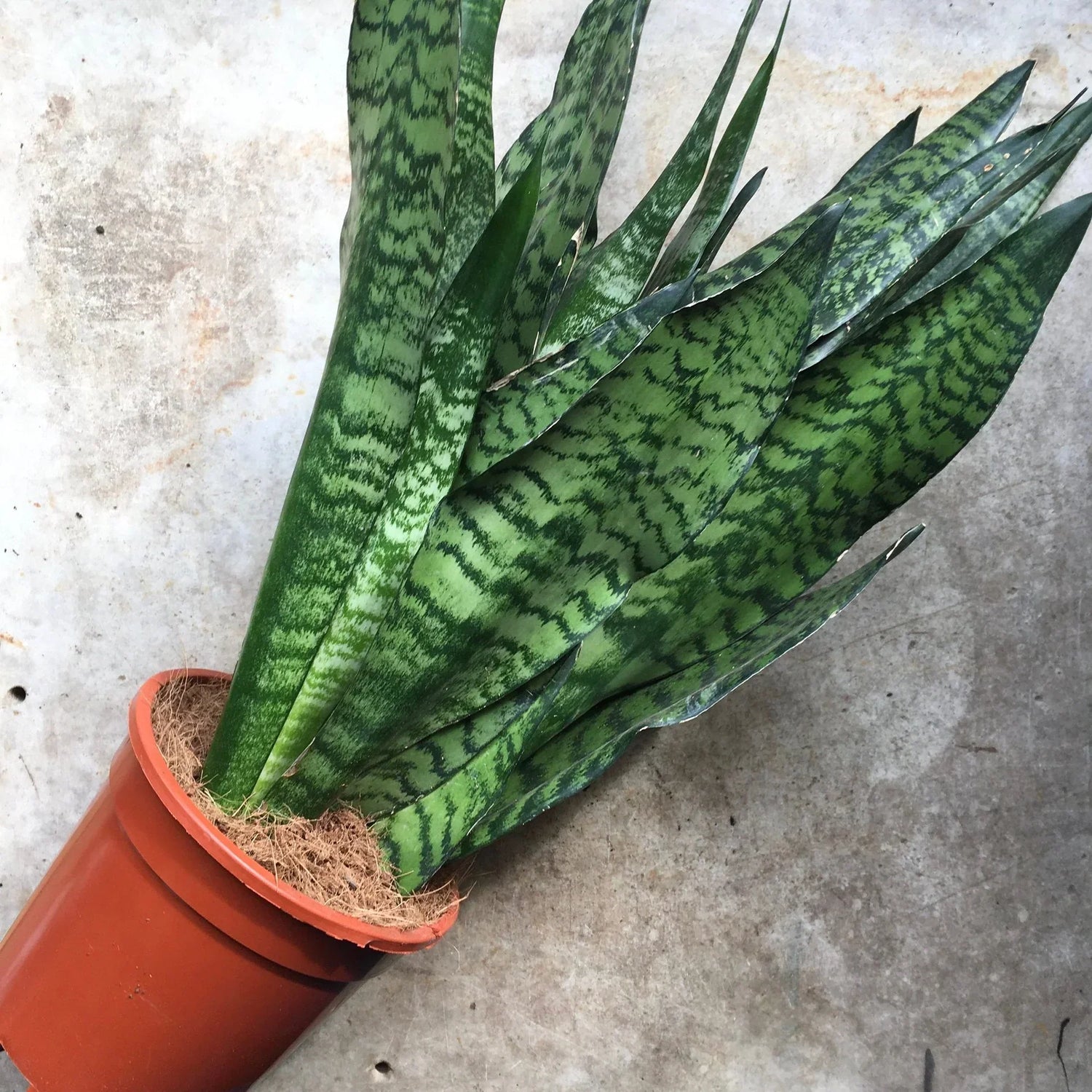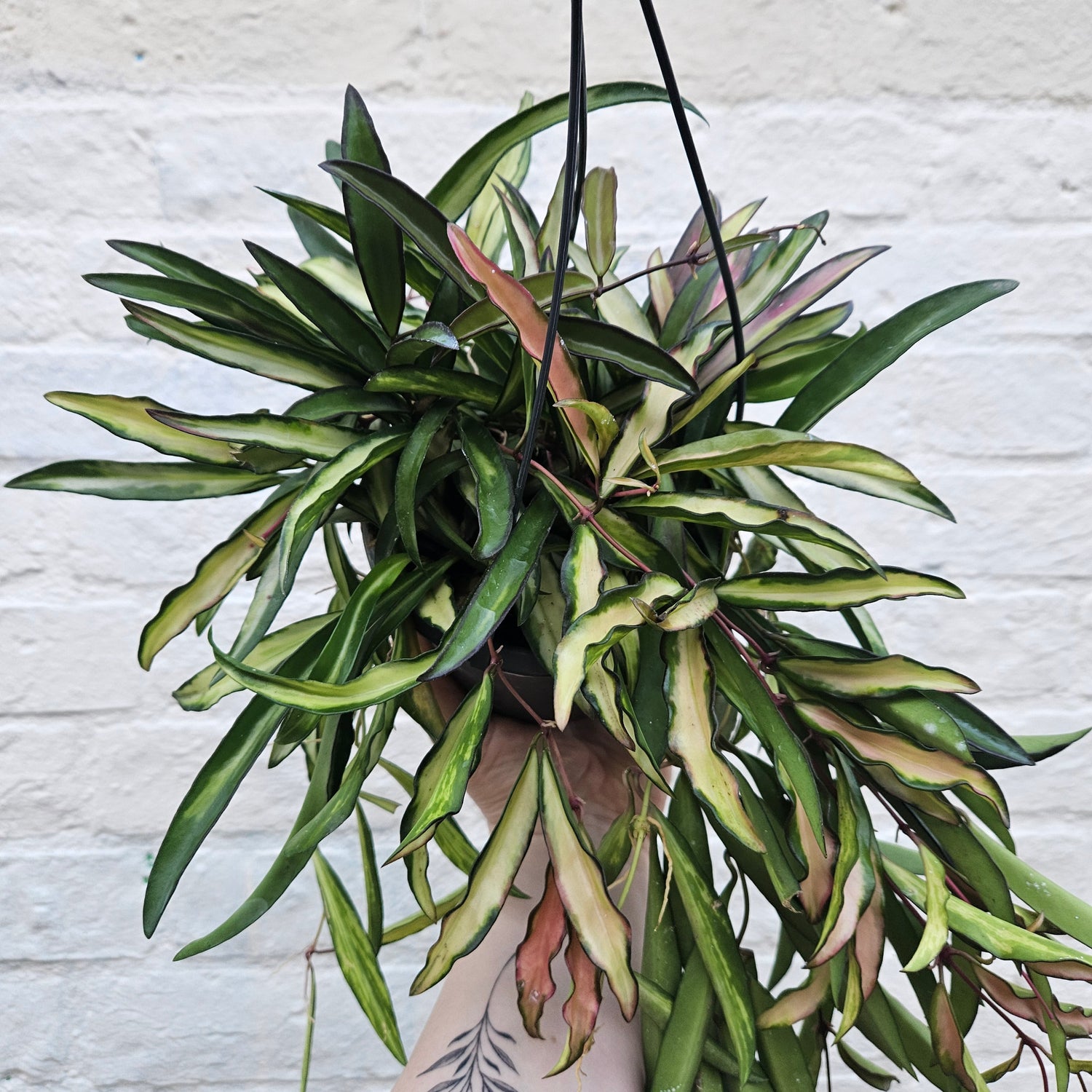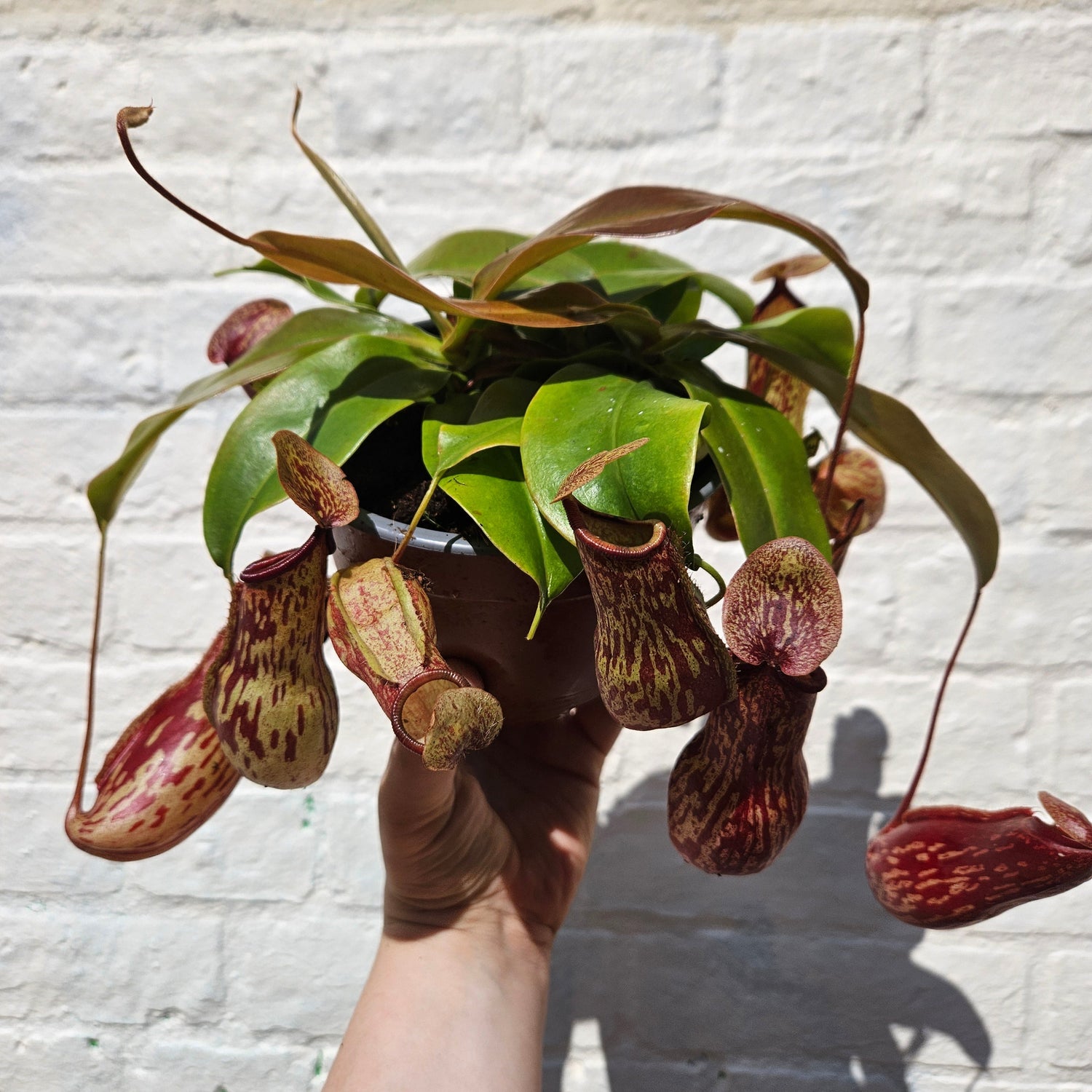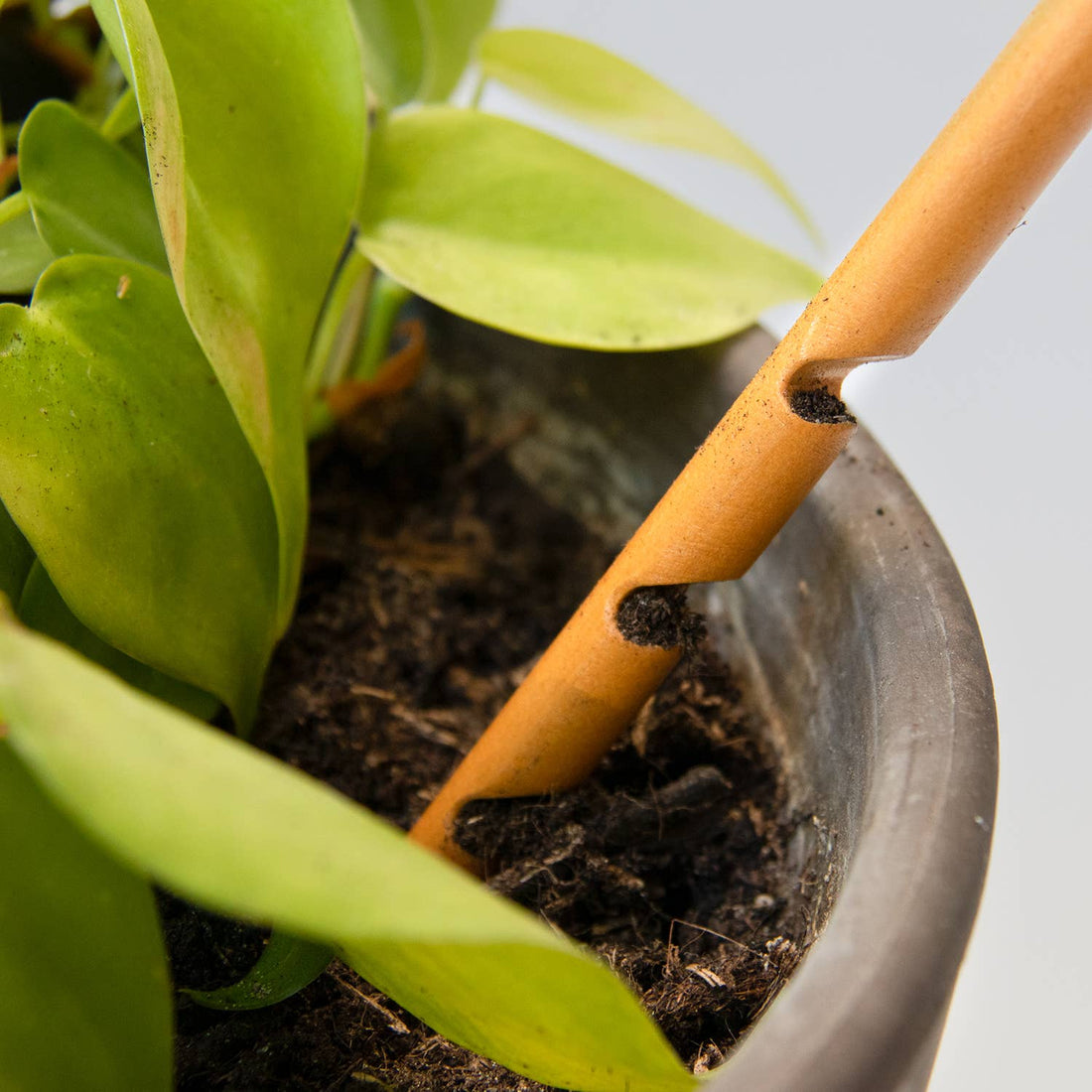The problem is…Pests
Written by Natalie Bourn
Spring has sprung, the temperature has risen and you may already be seeing your houseplants embrace this. Unfortunately, the warmer weather also brings with it the heightened chance of pests. Luckily, we’re here to aid you in identifying these pests and guide you to finding a treatment to get your plants thriving again.
Finding creepy crawlies on your plant isn’t always a bad sign, they’re part of the natural environment, the time to take action is when an infestation is found in or around your houseplants. We’ll take you through how to identify and resolve this safely in your home.
Fungus gnats aka the flying nuisance
Sciarid flies, or fungus gnats as most of us know them, are brown-black in colour and normally about 3-4 mm in length. Fungus gnats adore damp soil, laying their eggs in it where their larvae feed on the decaying matter. These flies, while small, can become quite a nuisance but are easy to get under control. There are several options available:
Yellow sticky traps, these traps are covered in a sticky coating that the adult gnats fly into and stick to, find them for sale here.
Nematodes, when soil temperature is at least 10°C, beneficial nematodes can be watered on to soil. They need moist soil to work so can’t be used in other growing substrates. You can purchase nematodes and beneficial mites such as Hypoaspis from Ladybird Plant Care.
Hypoaspis mites, these beneficial mites need temperatures of at least 12°C and can live in drier conditions, as well as working as a preventative measure.
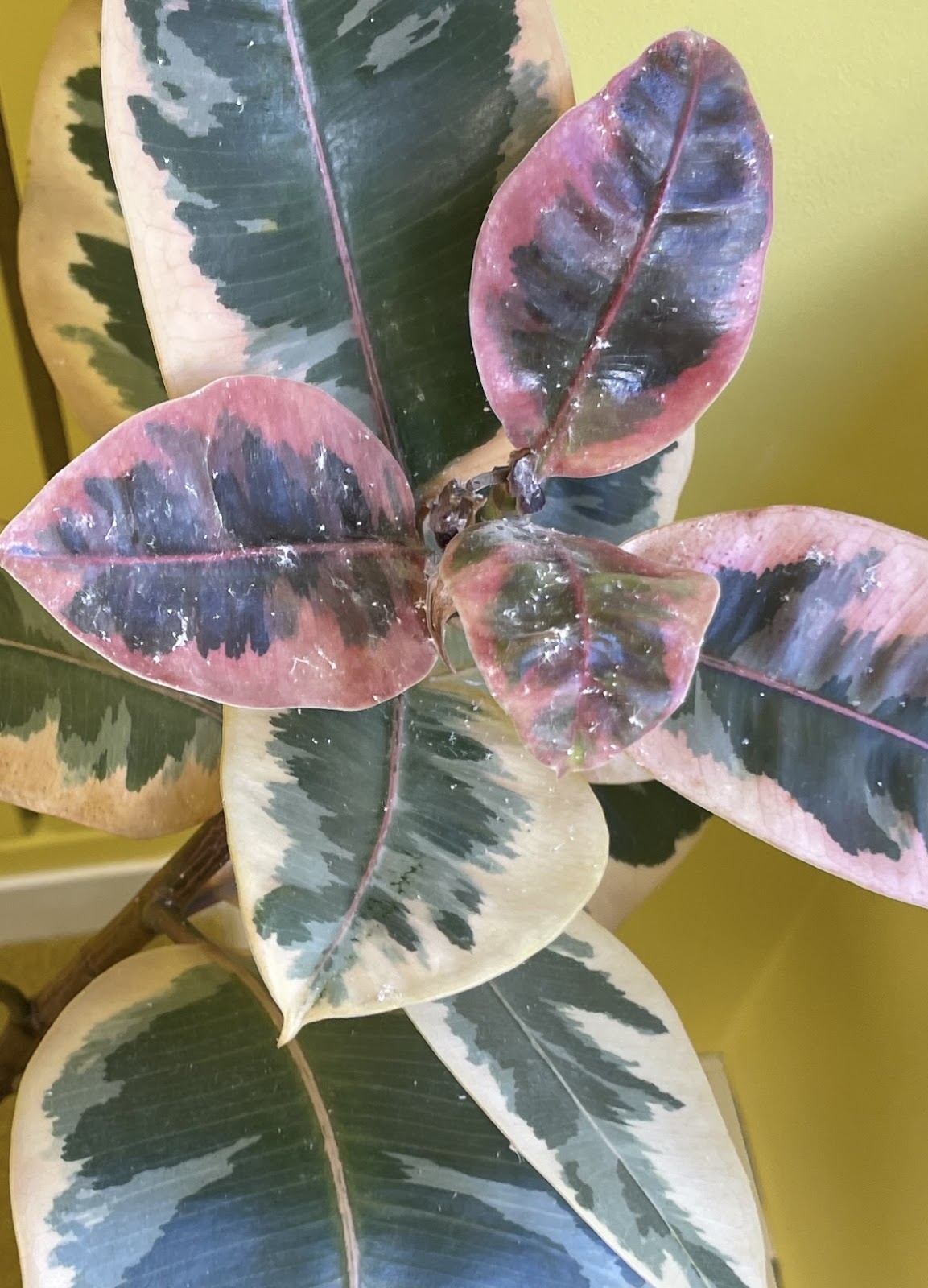
Mealy Bugs aka that weird sticky cotton wool residue
These fluffy white critters are small insects that are covered in a white powdery wax that looks like small clumps of cotton wool. Their favourite places are stems, under leaves, plant joints and new growth, so can sometimes be harder to spot.
The best way to remove mealybugs is manually, using a damp cloth or cotton bud. The females of the species can live away from the plant pot so it's important to keep growing areas clean. You can clean the plant using the SB Plant Invigorator which we sell here. When cleaning them off the plants, be careful about cross contamination from your cleaning tools. When it’s above 20°C, mealybugs can be controlled with Cryptolaemus montrouzieri (Brown Australian Ladybirds) which will crawl over the plants eating the mealybugs.
Thrips aka plant vampires
Thrips are small slender winged insects, they suck the sap out of plant leaves, leaving behind white- silver streaked damage as well as silvery foliage, stunted growth and black spots. The insects can be orange, yellow or brown in colour. They move fairly quickly between plants, preferring softer foliage (Alocasia, Goeppertia syn. Calathea, Monstera and more) and dry air.
Regular inspection of plants is an important factor in controlling thrips populations, we suggest looking at your plants weekly from Springtime. The abaxial (undersides) is where thrips can often be located, especially on large, soft foliage plants.
There is a combination of treatments that can be used to free your plants from thrips, as well as preventative methods. Where people may suggest pesticide treatment for thrips, it’s hard to reach all the insects to effectively get rid of them, as well as posing environmental risks, deaths of beneficial insects, and health issues, this is why we recommend biological controls instead.
Before introducing biological controls you can spray plants with a Horticultural soap solution, smaller plants can be dunked into the solution. This spray / dunking method can be used daily for up to ten days. I personally spray my plants twice in a 7 day period and then introduce predatory mites, SB Plant Invigorator can be used as an alternative spray but only apply at a maximum of once per week. Some plants can be damaged by Horticultural soap, so if concerned try testing one or two leaves first.
After spraying the foliage, predatory mites (Amblyseius cucumeris) can be introduced, they are small, and are supplied in sachets that can be hung from or propped against the branches and stems of plants. They emerge from the sachets over several weeks, eating the thrips larvae. Repeat applications are recommended, I keep on top of this by using the Ladybird Plant Care subscription. Please note that these mites work best in temperatures between 10 - 27°C.
For more serious infestations, there are tubes of mites for sale and Orius Thrips Killer. Nematodes can also be applied as a spray.
To help your plants to thrive after treatment for any pests you can give them regular feed with our Seaweed feed.
Red Spider Mites aka Is that a spider web or a…?
The easiest way to identify an infestation of red spider mites is from the damage they cause to houseplants. As they suck the sap out of the leaves they leave a fine speckled pattern which indicates dead cells. Fine, spiderweb-like webbing can be seen when infestation is advanced, especially on new growth. Despite their name, red spider mites are cream and not red.
Easy initial treatments are either spraying the plant with SB Plant invigorator or horticultural soap. Then follow on with predatory mites, Phytoseiulus persimilis.
Other ways to avoid pest infestations include keeping plants in clean locations, free of leaf litter. Regular cleaning of the foliage with microfiber gloves and leaf shine to remove dust will make it easier to see leaf damage and help with energy production. Using foliar feeds and repotting your plants in suitable soil when necessary can also aid overall plant health. Help re-root plant clippings with Pure mycorrhizal fungi rooting powder.
With this handy guide you should be able to keep those pests at bay and have healthy happy plants! Find the full list of pest control products from Ladybird Plant care here.

